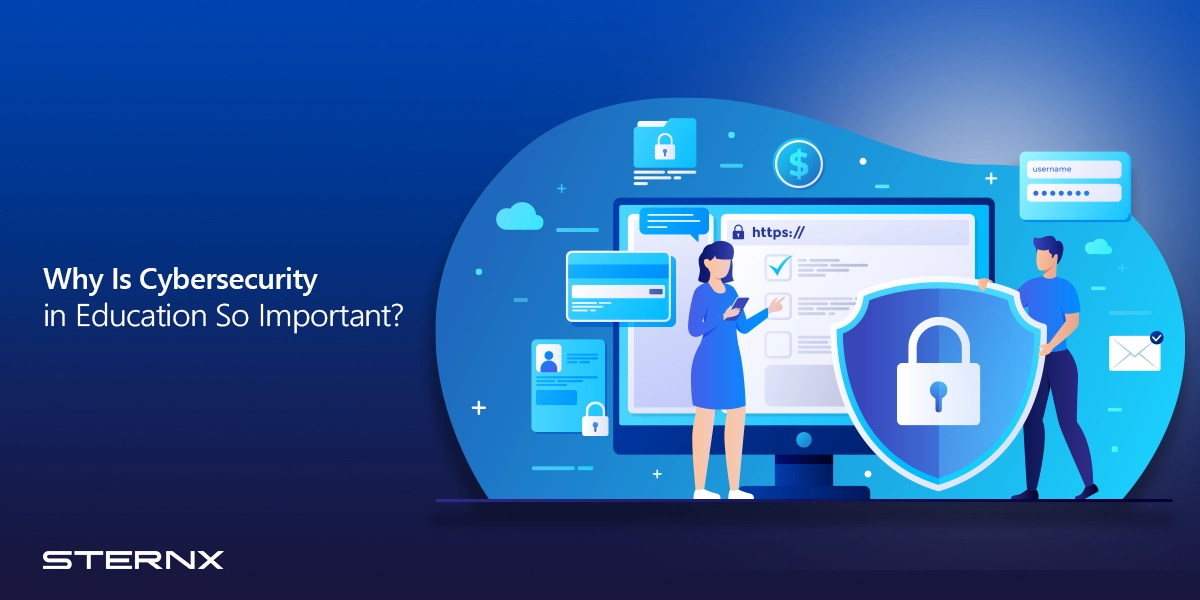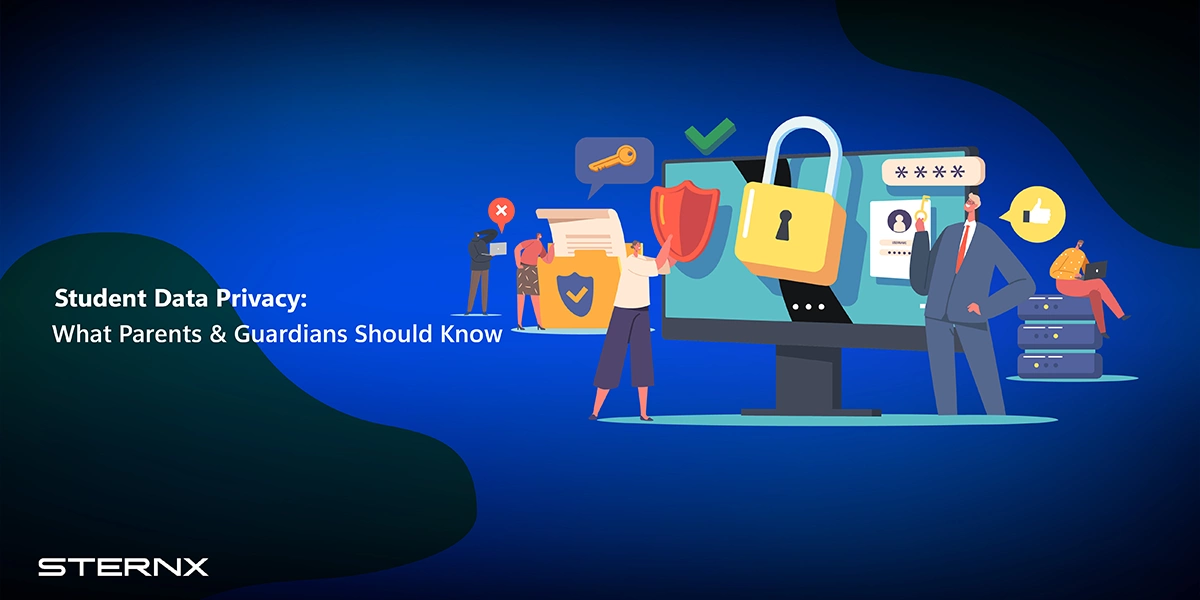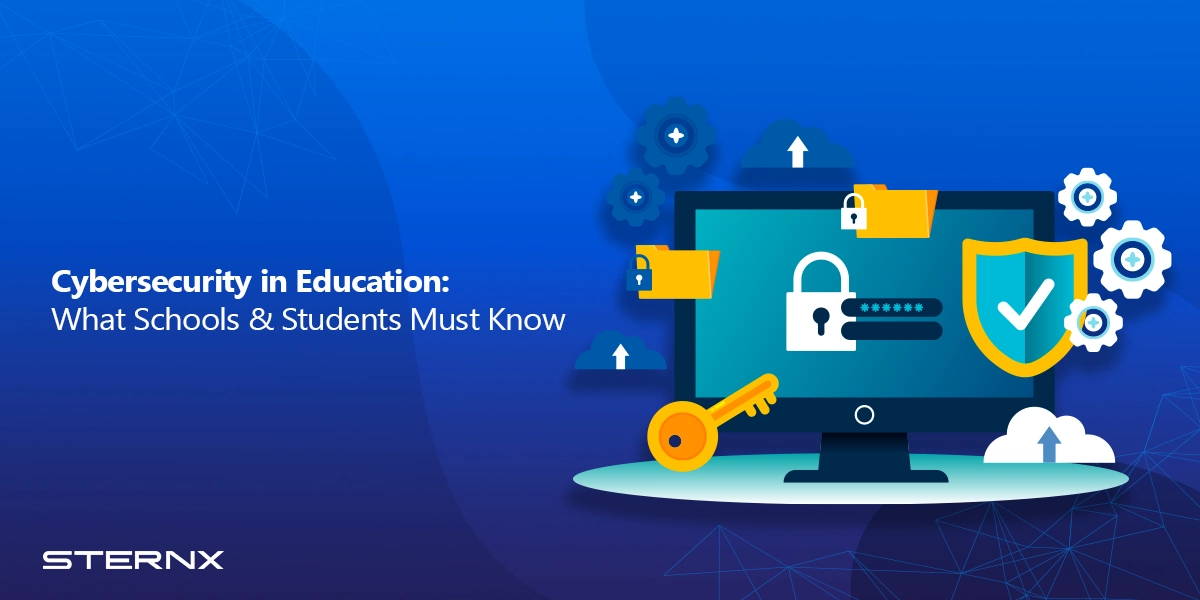In today’s increasingly digital world, cybersecurity is a crucial concern across all industries and sectors – and education is no exception. With the rise of online learning, digital resources, and data collection in schools, cybersecurity risks in the education space have grown exponentially. From cyber-attacks targeting student data to phishing scams aimed at teachers, the threats are real and can have severe consequences.
It is essential that educational institutions, parents, teachers and students all understand the importance of cybersecurity and take the necessary steps to protect themselves and their data. In this comprehensive guide, we’ll cover everything you need to know about cybersecurity in education – the latest threats, best practices for prevention, and how to foster a culture of cyber awareness.
Table of Contents
ToggleThe Current State of Cybersecurity in Education
Cyber-attacks against educational institutions have been on the rise in recent years. According to a report by the K-12 Cybersecurity Resource Center, public schools experienced an 18% increase in cyber incidents from 2019 to 2020 alone.
The most common types of cybersecurity attacks in education include:
- Data breaches: Unauthorized access or theft of confidential student/staff data
- Ransomware: Malicious software that blocks access to systems until a ransom is paid
- Phishing: Emails that trick users into disclosing passwords and financial info
- Denial-of-Service (DoS) attacks: Overloading systems to make them unavailable
- Malware infections: Malicious code that spreads across networks
The consequences can be severe – loss of critical data, classroom disruptions, recovery costs, legal implications, and more. For students, a breach of personal information like Social Security numbers or medical records can lead to identity theft and other long-term issues.

Why Is Cybersecurity in Education So Important?
With the unique challenges facing educational institutions, cyber security must be a top priority for several key reasons:
Protecting Sensitive Student Data:
Schools collect a wealth of personal data on students – from contact details to attendance records, grades, special education needs and more. There are strict laws around keeping this information secure. Cyber incidents put this regulated data at risk.
Preventing Classroom Disruptions:
Ransomware attacks and system outages can bring learning to a complete standstill. When IT systems are compromised, teachers and students lose access to critical resources like online curriculums and communication tools. This negatively impacts the delivery of education.
Safeguarding School Finances:
Cybersecurity incidents often have major financial implications. Recovering encrypted data, repairing systems, and potential lawsuits can stretch already limited school budgets. Plus, cyber insurance premiums tend to rise after a breach.
Maintaining Public Trust:
Data breaches and incidents can undermine confidence in an institution. If parents and students worry their personal data is not being properly secured, it reflects poorly on the school’s reputation and ability to look after student digital safety.
Best Cybersecurity Practices for Educational Institutions
With so much at stake, what can schools do to stay secure in the evolving cyber threat landscape? These best practices are a great starting point:
- Conduct Regular Risk Assessments: Identify key system vulnerabilities so any gaps in security can be promptly addressed. Review device, network, software, policies and access management.
- Provide Staff Cybersecurity Training: Educate staff on cybersecurity basics, common threats and safety protocol like password best practices. Hold recurring training to keep awareness up-to-date.
- Invest In Proper Anti-Malware Software: Install comprehensive endpoint security software that will automatically detect and block malware from harming devices and networks.
- Implement Multi-Factor Authentication: Require multiple layers of verification (password + SMS code, biometrics, etc.) for users to access critical systems and data.
- Review & Update Passwords Frequently: Ensure all default vendor-supplied passwords are changed and random unique passwords are used for all accounts.
- Back-Up Data Securely & Routinely: Regularly create secure back-ups of all important data using encryption and protected cloud storage. Have a plan for data recovery.
- Pursue Cybersecurity Funding & Resources: Advocate for school board and parent association support in budgeting for cybersecurity needs like expert consultants, training, software and infrastructure.
Cybersecurity In the Classroom: Tips For Teachers
Teachers play a key role in creating a culture of online safety and cyber awareness in schools. Here are some ways teachers can lead by example:
- Minimize handouts containing confidential student data
- Avoid sending sensitive details over unsecured channels like email
- Ensure any physical files are properly secured and access is restricted
- Use properly configured web filters on school devices to prevent unsafe browsing
- Follow best practices with passwords and authentication on all accounts
- Watch for phishing emails and report any suspicious incidents
- Incorporate cybersecurity into teaching digital literacy and safety lessons for students
By making cybersecurity a priority in the classroom setting, teachers can help cultivate good cyber habits from an early age.

Student Data Privacy: What Parents & Guardians Should Know
With more student data moving online, parents and guardians need to understand their rights and what safeguards are in place to protect that data. Key laws like The Family Educational Rights and Privacy Act (FERPA) regulate how student data can be accessed, used and disclosed.
While schools are responsible for abiding by data privacy standards, families should be aware of the details on:
- What kind of student data schools are collecting
- How and why that data will be used (i.e. for classroom instruction, software functionality, record-keeping etc.)
- Who will have access to view the data (vendors, online platforms, school staff, administrators etc.)
- How long the data will be securely stored and/or archived
- Parents’ rights to review their child’s data records and request corrections if needed
Parents should check their school’s cybersecurity and data privacy policies and ask any questions to gain clarity. It’s also important to work with schools to ensure any student information provided is accurate and up-to-date.
Guide for Cyber-Safe Students
Students of all ages can greatly benefit from learning core cybersecurity principles early on. Here are some of the key things educators and parents should empower students to know:
- How to spot and avoid online scams or predators
- Tips for creating strong passwords and setting privacy settings
- The risks of sharing too much personal information online
- How to identify untrustworthy websites, links, apps and downloads
- Their rights regarding student data privacy and protection
Additionally, schools should consider offering dedicated cybersecurity coursework geared to different grade levels. This can help educate students on the growing threat landscape and career paths in the rapidly expanding cybersecurity field.
The Way Forward with Cybersecurity in Education
Cybersecurity in education is a shared responsibility. By understanding the threats, implementing safeguards, and fostering responsible online behavior, educational institutions, parents, and students can create a safer digital learning environment where everyone can thrive.
While cybersecurity doesn’t always get the same level of funding and attention as other educational initiatives, it is critical for safeguarding students, staff, and the institutions as a whole. Both cyber risks and best practices are constantly evolving, so ongoing commitment is key.
By prioritizing regular risk assessments, proper training, staff vigilance, student education, and adequate budget allocation – schools will be far better positioned to prevent, detect, respond to and recover from any cyber incidents. With coordinated efforts by administrators, teachers, parents, and students, educational institutions can cultivate a strong culture of cybersecurity.
